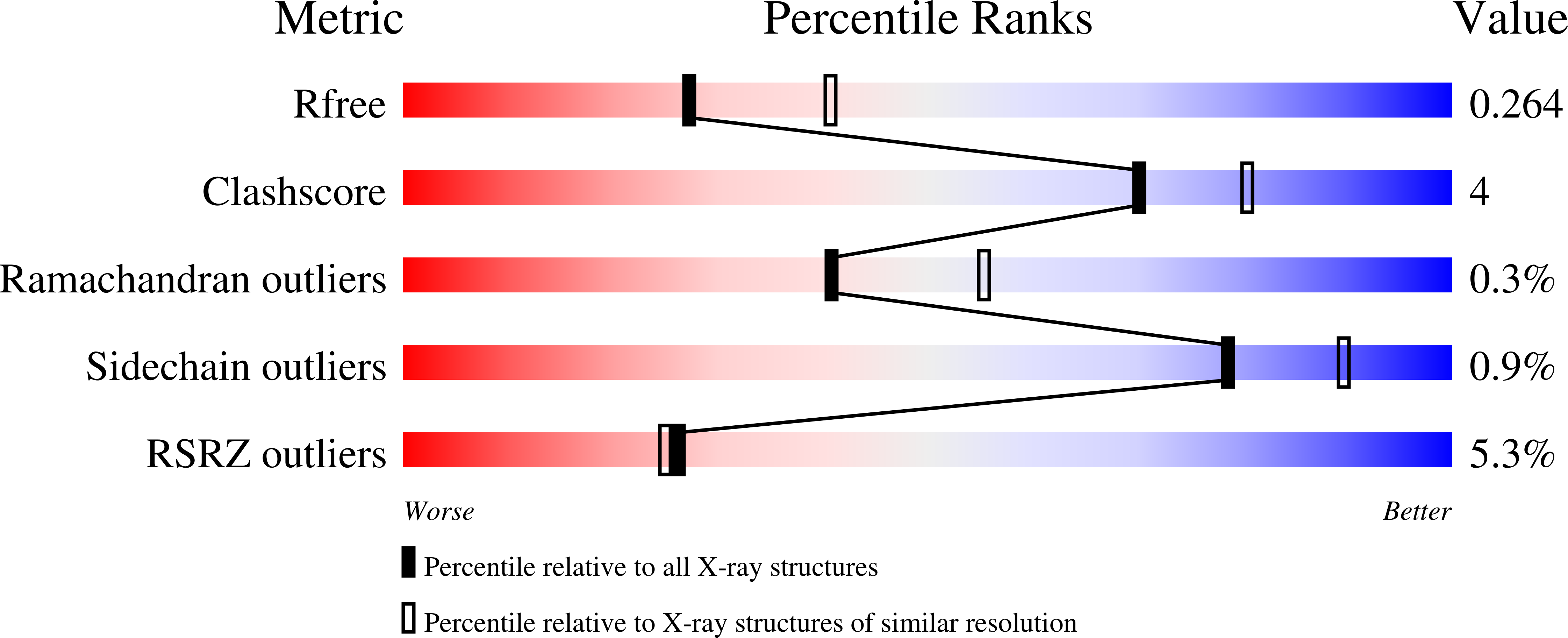
Deposition Date
2022-01-05
Release Date
2022-03-09
Last Version Date
2024-01-31
Entry Detail
PDB ID:
7QPU
Keywords:
Title:
Botulinum neurotoxin A5 cell binding domain in complex with GM1b oligosaccharide
Biological Source:
Source Organism:
Clostridium botulinum (Taxon ID: 1491)
Host Organism:
Method Details:
Experimental Method:
Resolution:
2.40 Å
R-Value Free:
0.26
R-Value Work:
0.21
R-Value Observed:
0.22
Space Group:
P 1 21 1


